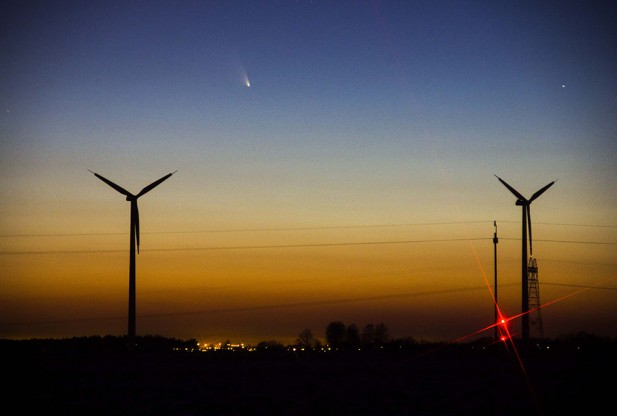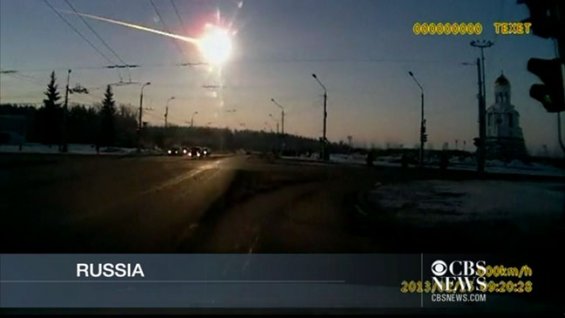
Image Credit: Damian Cieślik - Bełchatów, Poland
A comet making its first visit to the inner solar system has survived a journey that brought it close to the sun, and has emerged as one of the brightest comets in years, NASA astronomers confirmed on Friday.
Comet Pan-STARRS, which
according to the
Daily Mail has been visible for several weeks in the Southern Hemisphere, could be viewed for the first time by stargazers in the northern parts of the world last week after dipping within the orbit of Mercury.
According to NASA, at its closest approach, Pan-STARRS was only 28 million miles away from the sun. Experts were unsure whether or not it would be able to survive such near proximity, with heat levels exceeding 10 times that felt here on Earth. The strong solar heat could have caused long-frozen gases in the comet's nucleus to vaporize, causing the comet itself to break up or be completely destroyed.
Not only did Comet Pan-STARRS survive, but it has emerged as "a gorgeous comet - one of the brightest in years,"
Matthew Knight, an astronomer with the Lowell Observatory in Flagstaff, Arizona, said in a
statement. NASA reported on Friday the solar heating from its approach has caused the comet to glow brighter than a first magnitude star, making it easily visible using binoculars and small telescopes during the first hour or two after sunset.
